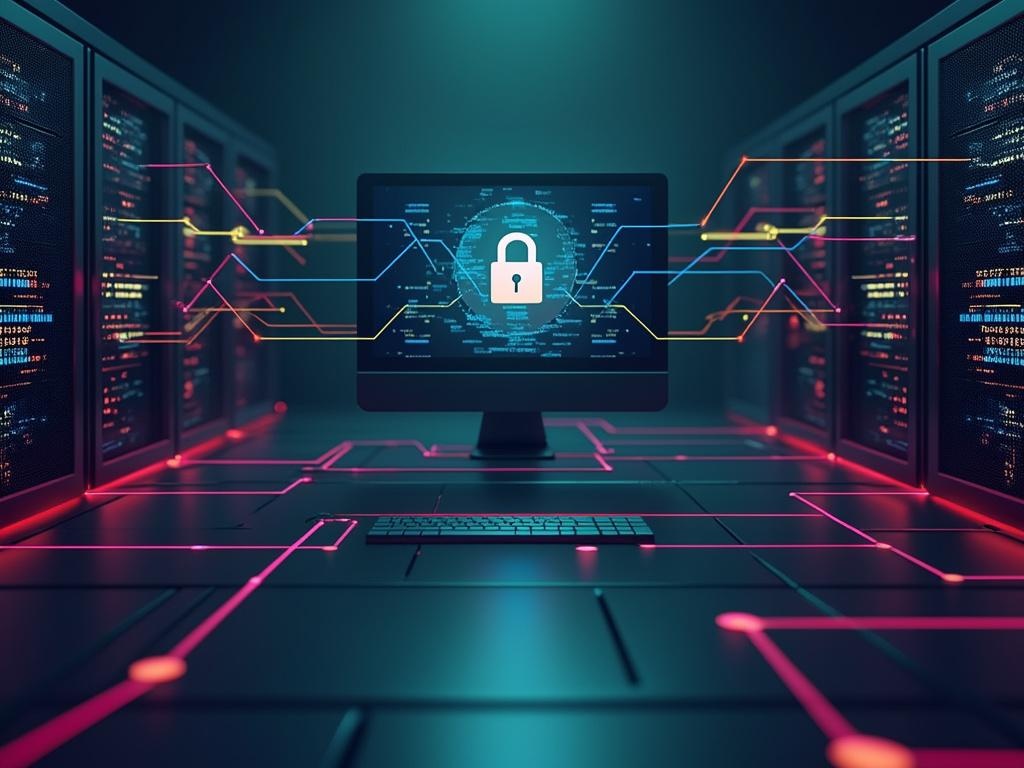The Rise of Ransomware-as-a-Service: Understanding the Evolving Cybersecurity Crisis

The Dark Evolution: Ransomware-as-a-Service Emerges as Global Cybersecurity Crisis
Ransomware attacks have evolved from individual hacker operations into a sophisticated business model called Ransomware-as-a-Service (RaaS), transforming cybercrime into an accessible platform that requires minimal technical expertise from attackers. Understanding how ransomware threatens modern business operations is crucial for organizations.
The emergence of RaaS represents a paradigm shift in cybersecurity threats, with criminal organizations now offering subscription-based malware services complete with customer support and user-friendly interfaces – much like legitimate software companies. This has created a concerning new paradigm in how cybercrime-as-a-service is reshaping digital threats.
The Professionalization of Cybercrime
The RaaS ecosystem operates with surprising professionalism, featuring tiered pricing models and profit-sharing arrangements between developers and affiliates. Major players like LockBit, BlackCat (ALPHV), and Hive have established themselves as leading "vendors" in this criminal marketplace.
These organizations typically split ransoms with affiliates on a 70/30 or 80/20 basis, with affiliates handling malware distribution through phishing campaigns or exploit kits. The use of cryptocurrency for payments adds a layer of anonymity that makes tracking and prosecution challenging.
Impact Across Industries
The democratization of ransomware has led to devastating attacks across all sectors. Schools, hospitals, municipalities, and critical infrastructure have fallen victim to these attacks, with some ransom demands reaching millions of dollars.
The 2021 Kaseya attack demonstrated the cascading effect of supply chain targeting, where a single breach affected thousands of businesses simultaneously. This incident highlighted how RaaS operators can maximize damage through strategic target selection.
Defensive Strategies and Future Outlook
Organizations must know how to effectively respond to ransomware incidents through several key measures:
- Implementation of comprehensive employee training programs
- Deployment of endpoint detection and response (EDR) systems
- Regular testing and maintenance of offline data backups
- Development of incident response plans
- Adoption of zero-trust architecture
The future of RaaS appears poised for continued evolution, with experts predicting increased use of AI-assisted campaigns and new exploit vectors. While law enforcement continues to combat these threats, the decentralized nature of RaaS operations makes complete elimination unlikely.
For more detailed information about emerging ransomware threats, visit the CISA StopRansomware resource center.
This article's information comes from cybersecurity experts and industry analysis, reflecting the state of ransomware threats as of July 2025. All statistics and examples cited are based on documented cases and industry reports.

